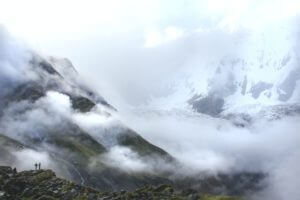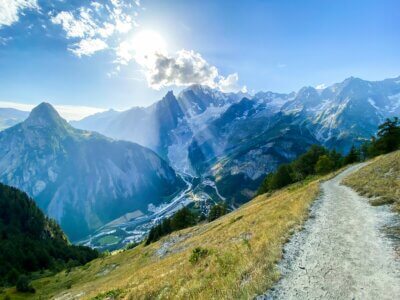Mont Blanc stands as a majestic peak in Western Europe, reaching a height of 4,806 meters and marking the border between France and Italy. It’s not only the highest in the Alps but also a significant point of contention regarding its exact summit ownership between the two nations. The surrounding Mont Blanc massif, a haven for outdoor enthusiasts, offers activities ranging from hiking to skiing. The construction of the Mont Blanc Tunnel and a cable car system underscores the region’s blend of natural beauty with human ingenuity.
The mountain’s climate is notably cold and temperate, with a unique ability to generate its own weather systems due to its elevation. This results in a permanent ice cap at the summit and a significant variation in precipitation across different altitudes. Historical disputes over the mountain’s summits have led to ongoing discussions between France and Italy, with modern mapping and NATO data illustrating the complexities of territorial delineation.
Mont Blanc’s elevation has been a subject of study, revealing fluctuations in its height due to its changing ice and snow dome. Scientific endeavors, such as the construction of observatories by Joseph Vallot and Pierre Janssen, have sought to understand the mountain’s environmental and astronomical conditions, despite challenges posed by its harsh climate.
Tragedies have also marked Mont Blanc’s history, including two fatal air crashes in 1950 and 1966, which brought international attention to the dangers of navigating near the mountain. Additionally, the Mont Blanc Tunnel disaster in 1999 led to significant safety overhauls, highlighting the importance of technological and procedural advancements in ensuring the safety of those traversing this monumental alpine route.




